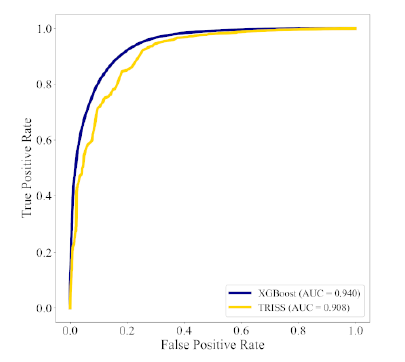Here’s the second part in my series on the tertiary survey for trauma. In my last post I discussed the basics, and in the next and final one I’ll review who can do it.
Delayed diagnoses / missed injuries are with us to stay. The typical trauma activation is a fast-paced process, with lots of things going on at once. Trauma professionals are very good about doing a thorough exam and selecting pertinent diagnostic tests to seek out the obvious and not so obvious injuries.
But we will always miss a few. The incidence varies from 1% to about 40%, depending on who your read. Most of the time, they are subtle and have little clinical impact. But some are not so subtle, and some of the rare ones can be life-threatening.
The trauma tertiary survey has been around for at least 30 years, and is executed a little differently everywhere you go. But the concept is the same. Do another exam and check all the diagnostic tests after 24 to 48 hours to make sure you are not missing the obvious.
Does it actually work? There have been a few studies over the years that have tried to find the answer. A paper was published that used meta-analysis to figure this out. The authors defined two types of missed injury:
- Type I – an injury that was missed during the initial evaluation but was detected by the tertiary survey.
- Type II – an injury missed by both the initial exam and the tertiary survey
Here are the factoids:
- Only 10 observational studies were identified, and only 3 were suitable for meta-analysis
- The average Type I missed injury rate was 4.3%. The number tended to be lower in large studies and higher in small studies.
- Only 1 study looked at the Type II missed injury rate – 1.5%
- Three studies looked at the change in missed injury rates before and after implementation of a tertiary survey process. Type I increased from 3% to 7%, and Type II decreased from 2.4% to 1.5%, both highly significant.
- 10% to 30% of missed injuries were significant enough to require operative management
Bottom line: In the complex dance of a trauma activation, injuries will be missed. The good news is that the tertiary survey does work at picking up many, but not all, of the “occult” injuries. And with proper attention to your patient, nearly all will be found by the time of discharge. Develop your process, adopt a form, and crush missed injuries!
Reference: The effect of tertiary surveys on missed injuries in trauma: a systematic review. Scand J Trauma Resusc Emerg Med 20:77, 2012.

